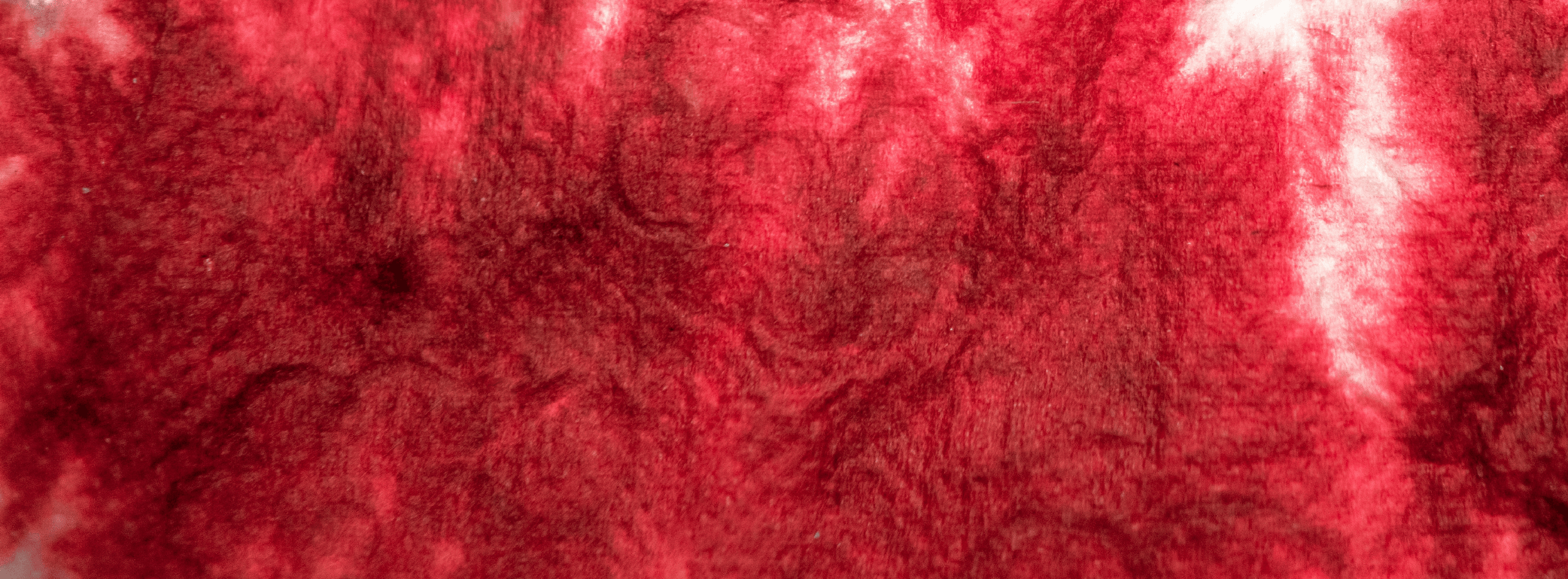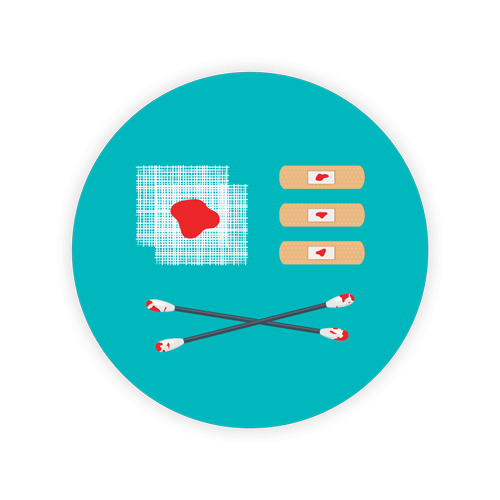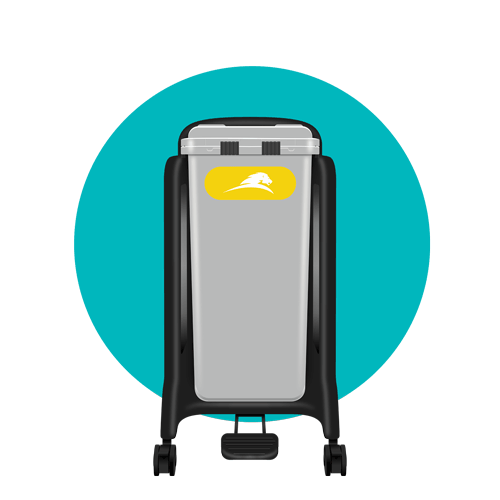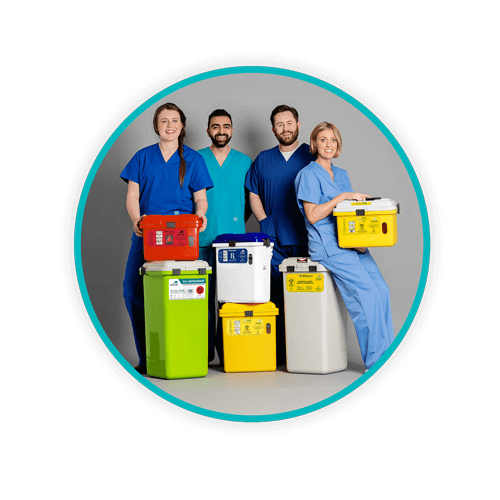What Is Blood Waste and How To Dispose of It?

The Canadian government has strict regulations for the disposal of biomedical waste in order to protect both the public and the environment. As part of complying with these regulations, healthcare facilities must segregate biomedical waste into different categories as it is generated. One of the most common of these categories is blood waste. To help your Canadian healthcare facility deal with blood waste more effectively and efficiently, learn the best practices to use when it comes to disposal and handling of this specific type of biomedical waste.
TOPICS WE WILL COVER:
2 / Common Blood Waste Mistakes
3 / How to Dispose of Blood Waste
4 / Turn to Daniels for Help with Blood Waste Disposal
What Is Blood Waste?

Blood waste is any liquid or semi-liquid blood or blood product, as well as any item that has been saturated with these products. That means blood waste includes the following:
- Blood
- Plasma
-
Platelets
Any item that is sufficiently saturated with blood or a blood product so as to drip when compressed or held up is considered blood waste. Additionally, any item that contains blood that has been infected with a bloodborne pathogen, such as malaria, HIV or hepatitis, is considered to be blood waste whether or not it is saturated. Any body fluid that contains blood is also categorized as blood waste.
Common Blood Waste Mistakes
There are some common misconceptions about blood waste which can lead to increased waste costs or unnecessary steps in the disposal process for staff. For example, it’s important to remind staff that vomit, faeces and urine are not blood waste. These fluids should only be considered blood waste if they contain visible blood.
There are several types of disposable equipment that often get unnecessarily grouped in with blood waste. The following items are not blood waste:
- IV bags and tubing
- TPN bags
- Feeding tube bags
- Empty biohazard bags
- Dialysis tubing that has been through a rinse cycle and contains no pink or red liquid
-
Items that have blood stains but are not saturated with blood
It’s helpful to remember these are all items that should not be counted as blood waste.
How To Dispose of Blood Waste
Canada has federal regulations covering the disposal of biomedical waste, which includes blood waste. These regulations cover all of Canada, and facilities must follow them. However, it is also essential for facilities to follow local or provincial regulations, which can be more stringent than the federal requirements. Here are some of the federal guidelines covering the disposal of blood waste developed by the Canadian Council of Ministers of the Environment.
Containers
Blood waste must be disposed of in designated containers that are leakproof and appropriate for this type of waste. These containers must also be clearly marked with a biohazard symbol.
Reusable containers are perfectly acceptable if they are cleaned and decontaminated each time they are used. For example, the Daniels Health reusable Medismart container for biomedical waste is a bagless system designed to reduce cross-contamination and provide hands-free operations. When it’s  full, the container is taken away to a Daniels facility where it’s decontaminated at a level that’s four times higher than that required by the CDC. Your facility will receive a clean container in its place in a seamless process that eliminates risks like bag leakage and spills.
full, the container is taken away to a Daniels facility where it’s decontaminated at a level that’s four times higher than that required by the CDC. Your facility will receive a clean container in its place in a seamless process that eliminates risks like bag leakage and spills.
The following types of containers can be used to dispose of blood waste:
- A yellow pail
- A cardboard box with a yellow liner
- A reusable tote with a yellow liner
- An M64 reusable container
Different facilities will use different containers for disposing of blood waste, but any of the containers listed above are acceptable. Once the blood waste has been placed in appropriate containers, it must be disposed of. This is regulated waste and must not be sent to landfill without being decontaminated. It is essential that the storage containers are labelled appropriately and kept separate from regular waste until they are decontaminated and disposed of. Additionally, it is best to limit the movement of these containers throughout the facility to avoid the release of pathogens and lower the chances of personnel being exposed. Daniels solves this common safety hazard with secure soft-sound closures; each container can be easily moved using an attached cart that lets staff roll it anywhere, without touching the container at all.
Storage
If biomedical waste is being stored for more than four days in a healthcare facility, it must be stored in a refrigerator, cold room, or freezer that remains at or below 4°C until it is time for it to be decontaminated or removed by a waste service provider. This storage area must be in a designated area that has been clearly marked with a biohazard symbol and is separated from the clean supply storage area.
Disposal
Daniels’ expert team will pick up your facility’s biomedical waste and exchange the full containers for clean, empty ones. At our plant, we will autoclave your facility’s blood waste, heating it to a temperature that will decontaminate it and make it safe for disposal in landfill.
Turn to Daniels for Help with Blood Waste Disposal
Complying with regulations covering the disposal of blood waste is not easy. There are not only federal laws to consider, but local and provincial laws as well, and failure to comply could result in severe penalties. Daniels can make the process easier by providing guidance and top-quality waste management services. We can help you comply with all relevant laws while improving the efficiency of your waste management processes and helping you keep costs down. Learn more by requesting a proposal today.
